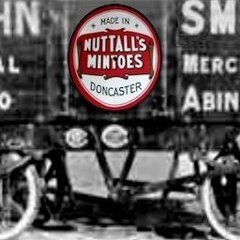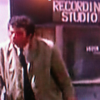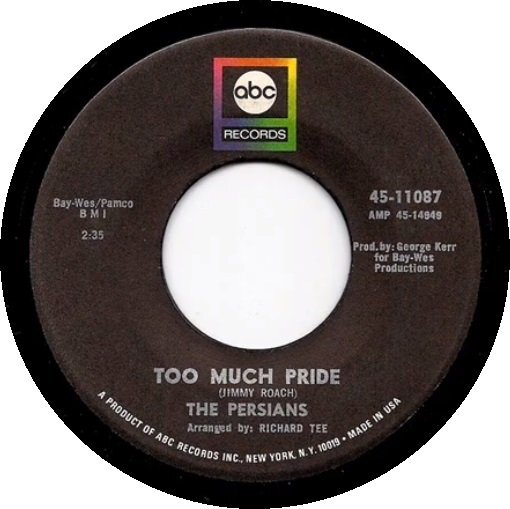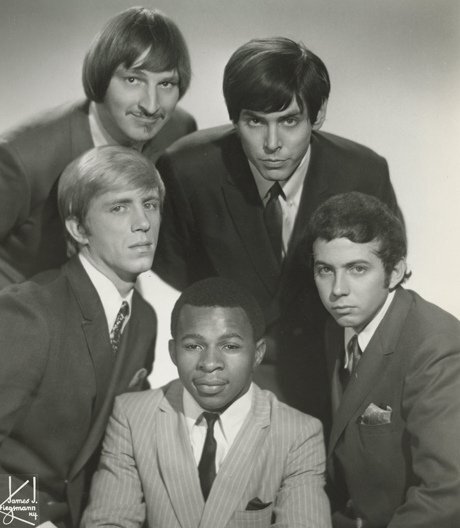- Replies 12
- Views 3.2k
- Created
- Last Reply
Most Popular Posts
-
I only scanned the thread and haven't really read it, but noticed that this webpage wasn't posted so I might as well post it: www.dcsoulrecordings.com
-
that should be happening it is yep? if not then it goes against site policy/outlook and have/will act when aware so ask if any concerns








Baltimore helped kick off the doo-wop group explosion in the 50's, had loads of fine soul acts in the 60's plus a great live soul club / theatre scene back then ..... BUT .... it struggled to set up / support local recording studios and record labels during those times and into the early 70's. Lots of local soul artists headed out to New York, Philly, DC and the like to sign record deals and cut tracks but a few stayed local to kick off their recording careers. Rufus Mitchell's Ru-Jac was the local label that lasted the longest and made the most impact but lots of their stuff was actually cut in DC area studios.
Lou Mills (Louis R Mills Jr) opened his North Baltimore based studio set-up as Recording International at East Cold Spring Lane and the Alameda (not far from the Morgan State Uni campus) in 1958. Lou's outfits then seemed to use the names Recording Inc. & Record Manufacturers Inc. before he later renamed his studio as Flite 3. Lou was highly regarded locally as a recording engineer and soon became known as 'Baltimore's Godfather of Sound'. The first big cuts to be laid down at the studio seemed to be by locally based Al Brown and the Tune Toppers. They used the studio in 1960 to cut "The Madison", which after being picked up by Amy made the US R&B Top 20 in May / June 1960. Syng McGowan cut most of his tracks (released on Hope Records) there from around November 1965 through to the end of 1966. Betty Sandler Feldman (Bella Flowers) owned / ran Hope Records. Top sound engineer George Massenburg started out working as a sound engineer / producer at Lou's studio in the late 60's and he worked on lots of the tracks released on Bay Sound Records. Bay Sound Records put out good stuff by the Bleu Lights, the Chaumonts, Clay Hunt & the Fuzzy Kane Trio. Kenny Hamber did a show with Clay Hunt at Annapolis High School back then and was blown away with the guy's vocal ability. Clay seems to have maintained his singing career right down the years (his first 45 release being a Motown cover on Kapp) but I don't know of any other records released on him unless he's the guy who was cutting for Polydor in the early 80's.
Another Baltimore studio where local artists cut in the late 60's was Accent Sound Studios which was located at 48 West Biddle Street. By all accounts this was a basic facility that had a 'homely feel'. Eddie Drennon (NJ / DC based back then) cut Baltimore act Mickey & His Mice there in 1968 and their version of "Little Green Apples" made the local charts for an extended period after being picked up by Bell. The success of that 45 enabled local promoter Marty Cantine to start up Marti Records (the label putting out Mickey & His Mice's follow up 45). The Marti label was associated with Roc-Ker Records for a while. However most of the 45 cuts made by Baltimore's Frankie & the Spindles that came out on the Roc-Ker label seemed to be cut in Philly and were put out via Philly based Phil LA of Soul Records and then via a deal with Amy / Mala / Bell. Frankie & the Spindles 45 version of "Have You Seen Her" (Funny "A") made some noise in 71 until Brunswick relented and allowed the Chi-Lites original version to escape on a single. Strangely, Frankie had first called his group Frankie & the Spinners but despite the national profile of the Tri Phi / Motown outfit, he was still using that name on live shows as late as summer 1968.
Dontee Records was run by Joe Tate who later started Jotee Records. His main artists were the Summits, the Contemplations (who became Rock Candy) and the Blendels. In the early 70's, they seemed to cut their tracks at DB Sound Studio (where was this located ?). There was another basic recording studio located down by the Inner Harbor area but I can't recall the exact location or owner at present.
Can anyone add much to the above information or provide details of other Baltimore studios in the 1960's (the city had a few more decent ones by the 70's including one built on a barge anchored in Baltimore harbor).
Edited by Roburt